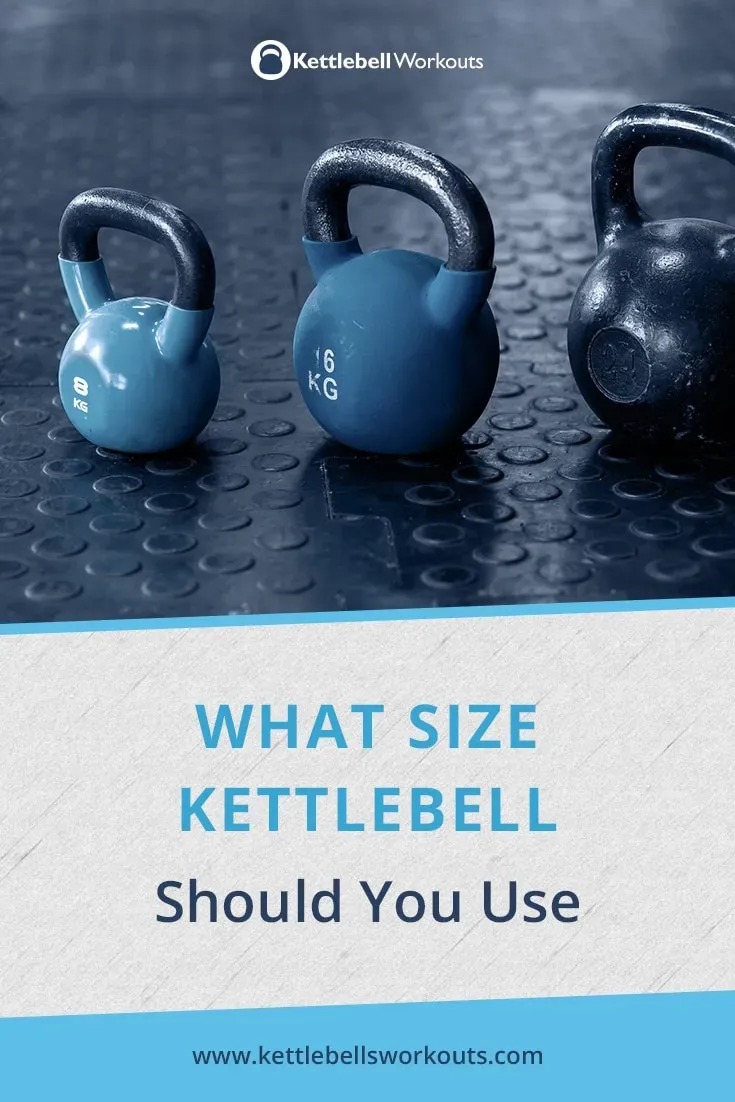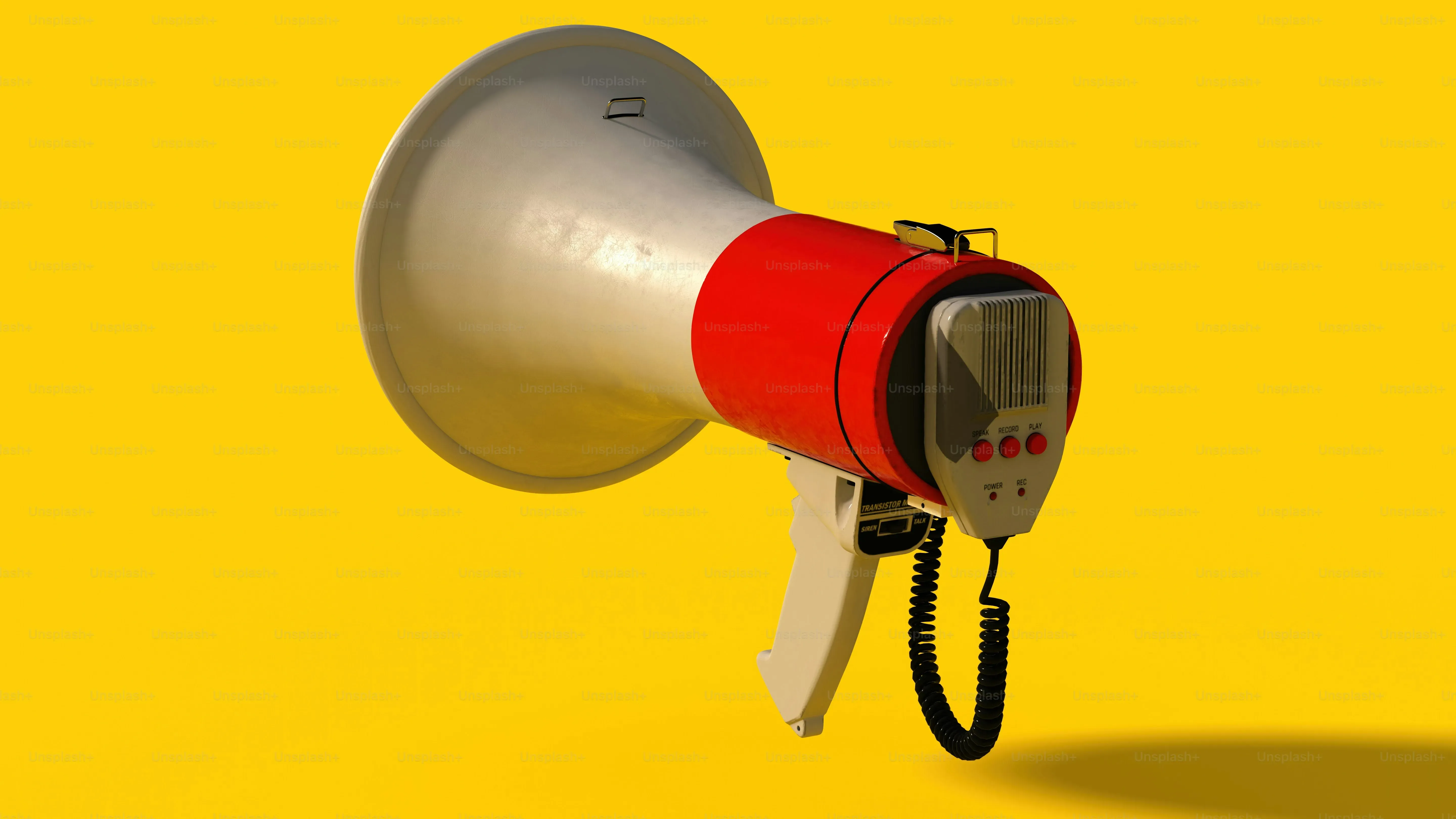Table of Contents
So, you've decided to give kettlebells a shot. Maybe you've seen someone swinging one around at the gym, or perhaps you're looking for a new challenge in your home workouts. Great choice. Kettlebells are fantastic tools for building strength, endurance, and power, often in ways traditional dumbbells just can't match. But then you hit the wall: which one do you even grab first? Walk into a gym or browse online, and you'll see a whole range of sizes, from something that looks like a cannonball for a toddler to weights that could anchor a small boat. This is where most beginners stumble, wondering exactly how heavy should a beginner kettlebell be.
Why Your First Kettlebell Shouldn't Be Heavy

Why Your First Kettlebell Shouldn't Be Heavy
Technique Trumps Mass, Especially Early On
Look, I get it. You want to feel strong, swing something substantial, and maybe impress that imaginary person watching you. But picking a kettlebell that's too heavy when you're just starting out is like trying to learn to drive a stick shift in a monster truck. Kettlebell training isn't just about lifting weight; it's about dynamic movement patterns – the swing, the clean, the snatch. These require coordination, timing, and learning how to absorb and redirect force.
Trying to learn the complex mechanics of a proper kettlebell swing with a weight that's overwhelming means you'll compensate. Your back will round, your shoulders will tense up, and you'll rely on your arms instead of your hips and glutes. You won't build the correct muscle memory. You'll just engrain bad habits that are harder to fix later than a broken printer.
Skipping the Basics Leads to Trouble
Choosing a kettlebell that's too heavy for your first few sessions isn't just inefficient; it's genuinely risky. Your joints, particularly your wrists, elbows, and lower back, aren't ready to handle the forces generated by swinging a weight you can barely control. You might muscle the weight up, but the eccentric (lowering) phase and the transitions between movements become sloppy.
This is where strains, sprains, and more serious issues pop up. A lighter weight allows you to focus on feeling the movement in the right places – your hips exploding forward in a swing, your lats staying engaged during the clean. It lets you build a foundation of strength and stability *before* you add significant load. Think of it as learning to crawl before attempting a marathon sprint. Why Your First Kettlebell Shouldn't Be Heavy comes down to mastering the form safely.
- Better form acquisition
- Reduced risk of injury
- Proper muscle activation (especially hips and core)
- Allows for higher quality repetitions
- Builds foundational strength and coordination
How Heavy Should a Beginner Kettlebell Be? Specific Recommendations

How Heavy Should a Beginner Kettlebell Be? Specific Recommendations
Alright, let's get down to brass tacks. You've accepted that going beast mode on day one is a bad idea. So, how heavy should a beginner kettlebell be? This is the question everyone asks, and unfortunately, the internet is full of conflicting advice. Forget the influencers swinging weights twice their size; they probably started lighter too, or they're just asking for a chiropractor visit. For true beginners, someone who hasn't spent years lifting or has limited experience with dynamic movements, we're talking about weights that allow you to focus entirely on form without fighting the bell itself. Think of it as finding your dance partner before trying to perform a complex tango.
Kettlebell Weight Recommendations for Men and Women

Kettlebell Weight Recommendations for Men and Women
Starting Weights for Women: Don't Underestimate Yourself
Okay ladies, let's talk specifics for Kettlebell Weight Recommendations for Men and Women, starting with you. The common advice you see online often suggests ridiculously light weights, like 8 lbs (about 4 kg). Unless you've never lifted anything heavier than a coffee cup, that's probably too light for foundational movements like the swing. Remember, the swing is driven by your hips, which are typically pretty powerful. You need *some* resistance to feel that hinge pattern properly.
For most women who are reasonably active but new to kettlebells, an 8 kg (18 lb) or 12 kg (26 lb) bell is a solid starting point. If you have some prior strength training experience, especially with deadlifts or squats, you might even find the 12 kg feels better for swings right away. The 8 kg is excellent for learning techniques like the clean, press, or Turkish Get-Up where technique and stability are paramount before adding heavy load. Don't feel pressured to go heavy, but also don't shy away from a weight that makes you work a little. You're stronger than you think.
Starting Weights for Men: Resist the Urge to Go Full Beast
Alright fellas, this is where the ego often tries to take over. You see a 24 kg (53 lb) bell and think, "Yeah, I can swing that." Maybe you can, once or twice, poorly. But remember everything we just talked about regarding form and safety? That applies double when you're trying to muscle a heavy object around.
For most men new to kettlebells, a 12 kg (26 lb) or 16 kg (35 lb) bell is the standard starting range for learning the swing. If you've got a background in lifting, particularly Olympic lifts or powerlifting, you might find the 16 kg is comfortable for swings pretty quickly. The 12 kg is your friend for learning the clean, press, and snatch, where technique is king. Trying to learn these with a bell that's too heavy is like trying to learn to juggle chainsaws – messy and likely to end badly. Start conservative to build a strong base, then you can chase those heavier bells.
Beginner Category | Recommended Starting Swing Weight | Recommended Starting Technique Weight (Press, Clean, Get-Up) |
|---|---|---|
Active Women (New to Kettlebells) | 8 kg (18 lbs) - 12 kg (26 lbs) | 6 kg (13 lbs) - 8 kg (18 lbs) |
Strength-Trained Women (New to Kettlebells) | 12 kg (26 lbs) | 8 kg (18 lbs) - 12 kg (26 lbs) |
Active Men (New to Kettlebells) | 12 kg (26 lbs) - 16 kg (35 lbs) | 8 kg (18 lbs) - 12 kg (26 lbs) |
Strength-Trained Men (New to Kettlebells) | 16 kg (35 lbs) | 12 kg (26 lbs) - 16 kg (35 lbs) |
Moving On Up: When to Increase Your Kettlebell Weight

Moving On Up: When to Increase Your Kettlebell Weight
Mastering Your Current Bell
you've spent some time with your beginner bell. You're feeling good about your swings, your cleans aren't awkward anymore, and the Turkish Get-Up doesn't feel like you're wrestling an octopus. So, when do you know it's time to look at a heavier option? It's not just about hitting a certain number of reps, although that's part of it. The real sign you're ready to move up is consistency in form and feeling like the weight isn't challenging you anymore through the full range of motion, for all your planned reps and sets. If you can easily complete your sets with perfect technique, and the weight feels light enough that you could probably do twice as many reps, your current bell has become a warm-up weight, not a working weight. That's your cue.
Here are some signs you might be ready for a heavier kettlebell:
- You can easily complete all prescribed reps and sets with excellent form.
- The weight no longer feels challenging during the concentric (lifting) or eccentric (lowering) phases.
- Your technique remains solid even when you're a little fatigued towards the end of a set.
- You feel like you're just going through the motions instead of working hard.
- You can perform movements like presses for multiple reps without significant struggle.
Choosing Your First Kettlebell: A Final Word
Navigating the world of kettlebells starts with a single, fundamental decision: the right weight. As we've discussed, figuring out how heavy should a beginner kettlebell be isn't about ego; it's about building a solid foundation. Starting with a weight you can control allows you to master the unique movement patterns kettlebell training demands. For many men, this means a 12kg or 16kg bell, while women often find their starting point with an 8kg or 12kg. Pay attention to your body, prioritize form over load, and progress deliberately. Your first kettlebell is a tool for learning, not a test of strength. Get this right, and you're set up for effective, long-term progress.